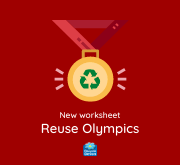Microplastics up Snowdon
This lesson plan will help students from Y5 to Y8 evaluate and assess some recent news stories from the waste industry, understanding what is going on and what might be happening behind the scenes when we read things online.
See more about improving digital and media literacy for KS2 and KS3 students on our PSHE and Life Skills related page on media literacy.
The activity here will help improve students’ critical thinking skills as they compare different types of information about microplastics found in a lake on Mount Snowdon.
Microplastics are released from plastic clothing (ie. clothes made from nylon, polyester – especially fleece – and acrylic) when they are washed, making their way into the environment through water courses and drains. Some microplastics may also be released into the air during active wear. Microplastics are invisible to the naked eye but can be seen under a microscopes. Spectral analysis can find out the type of plastic, and sometimes point to a source of the pollution.
Download Lesson Plan on Digital Literacy: Microplastics on Snowdon
Download PowerPoint for Digital Literacy Lesson: Microplastics on Snowdon

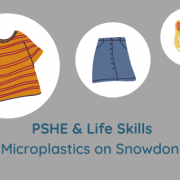
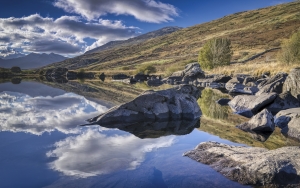
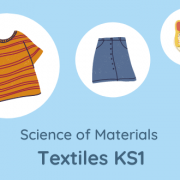

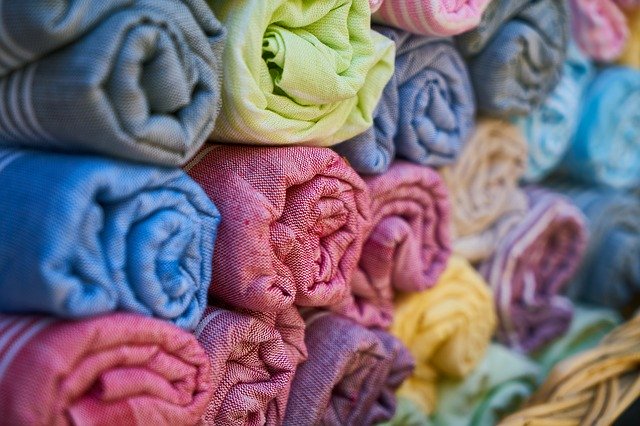
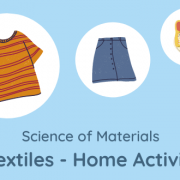
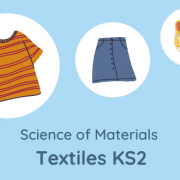
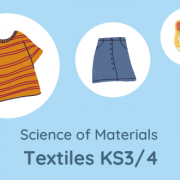
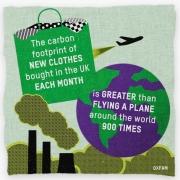
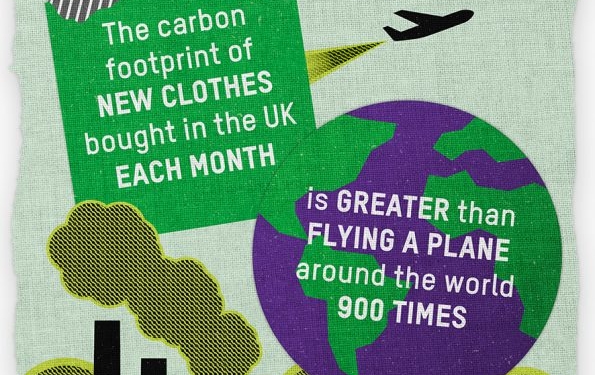
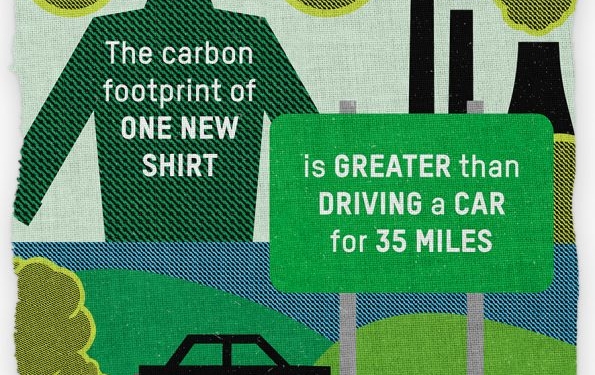
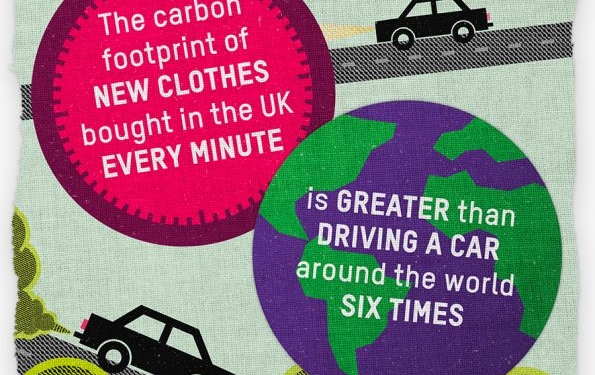
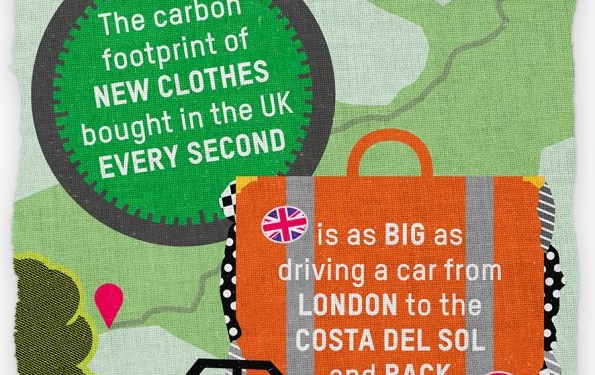
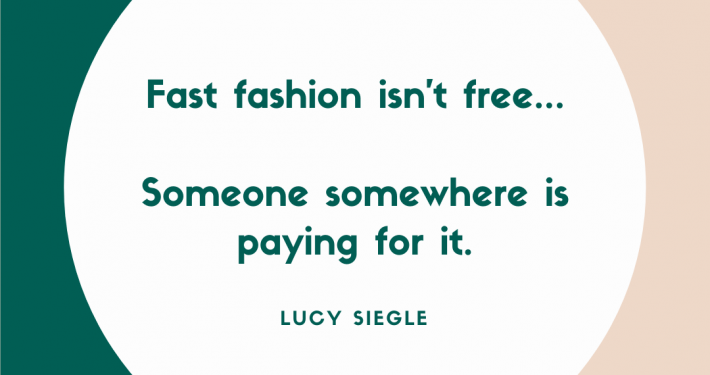
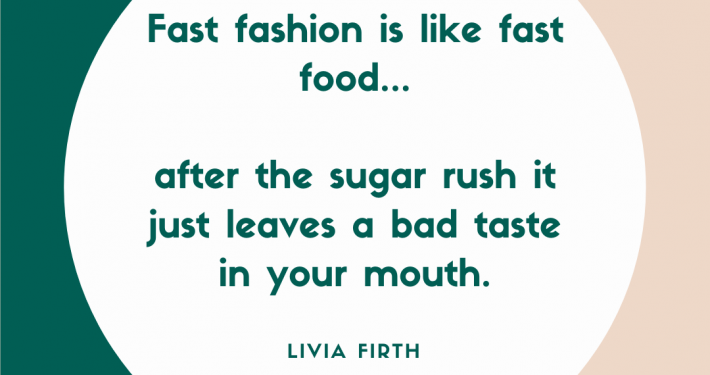
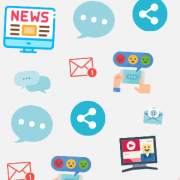
 We are surrounded by media in lots of different forms, whether it’s through the old style print media like newspapers or magazines, or websites, or social media. They are all written with a certain viewpoint. Every piece of writing has been written with a different agenda and a select audience in mind. In our ever changing and fast moving world we need to learn the skills to access, analyse, evaluate and create media in all its forms so we can gather a balanced view of the world around us and what is happening. This page will help teachers educate about media literacy, using examples from the waste industry, including subjects around the plastic pollution problem and other recent issues.
We are surrounded by media in lots of different forms, whether it’s through the old style print media like newspapers or magazines, or websites, or social media. They are all written with a certain viewpoint. Every piece of writing has been written with a different agenda and a select audience in mind. In our ever changing and fast moving world we need to learn the skills to access, analyse, evaluate and create media in all its forms so we can gather a balanced view of the world around us and what is happening. This page will help teachers educate about media literacy, using examples from the waste industry, including subjects around the plastic pollution problem and other recent issues.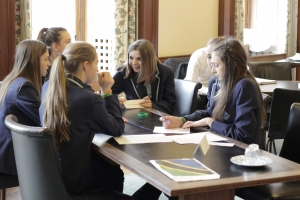 Microplastics on Snowdon!
Microplastics on Snowdon!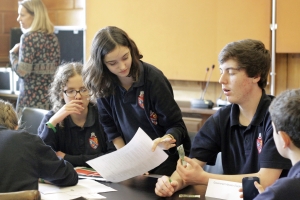 The Textiles Conundrum
The Textiles Conundrum